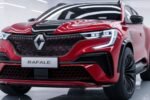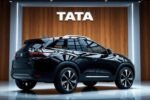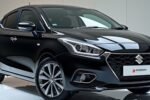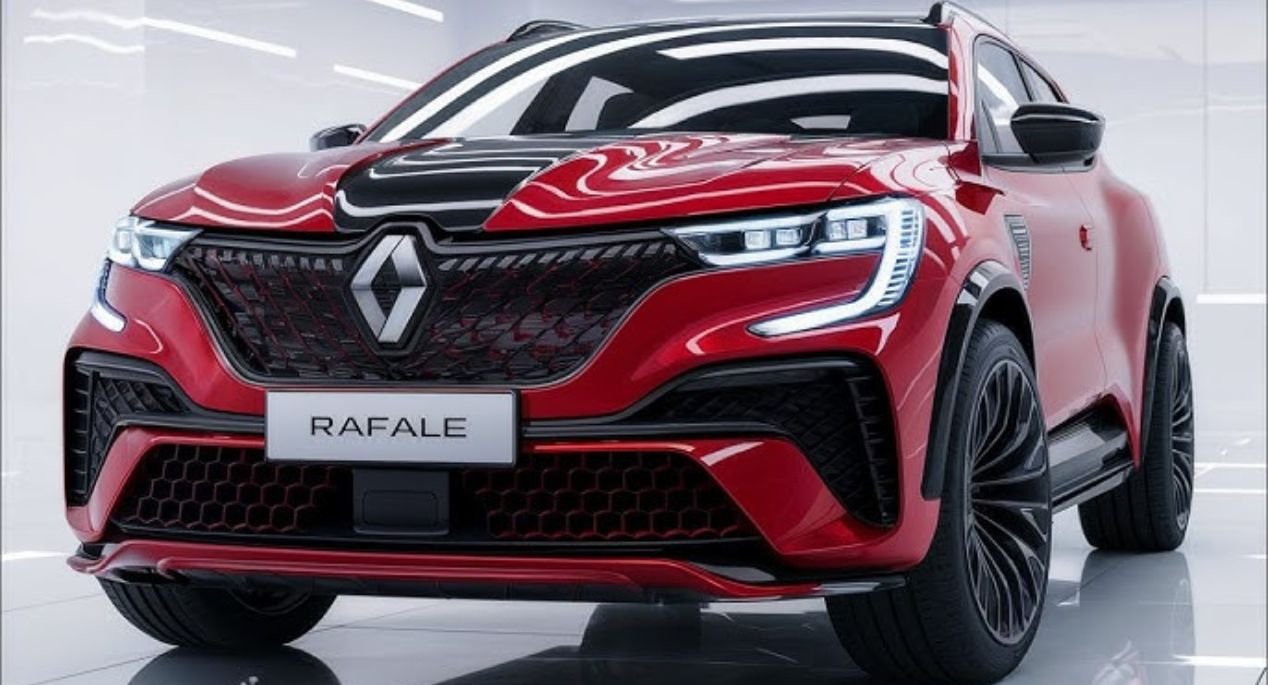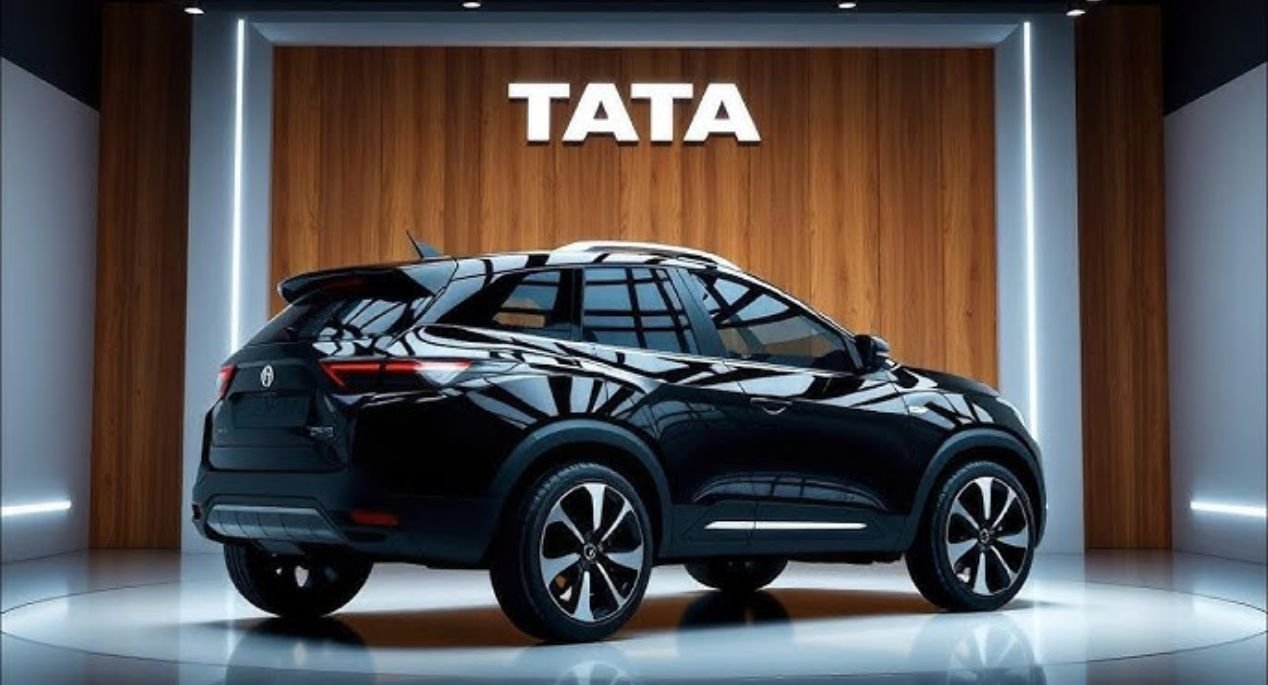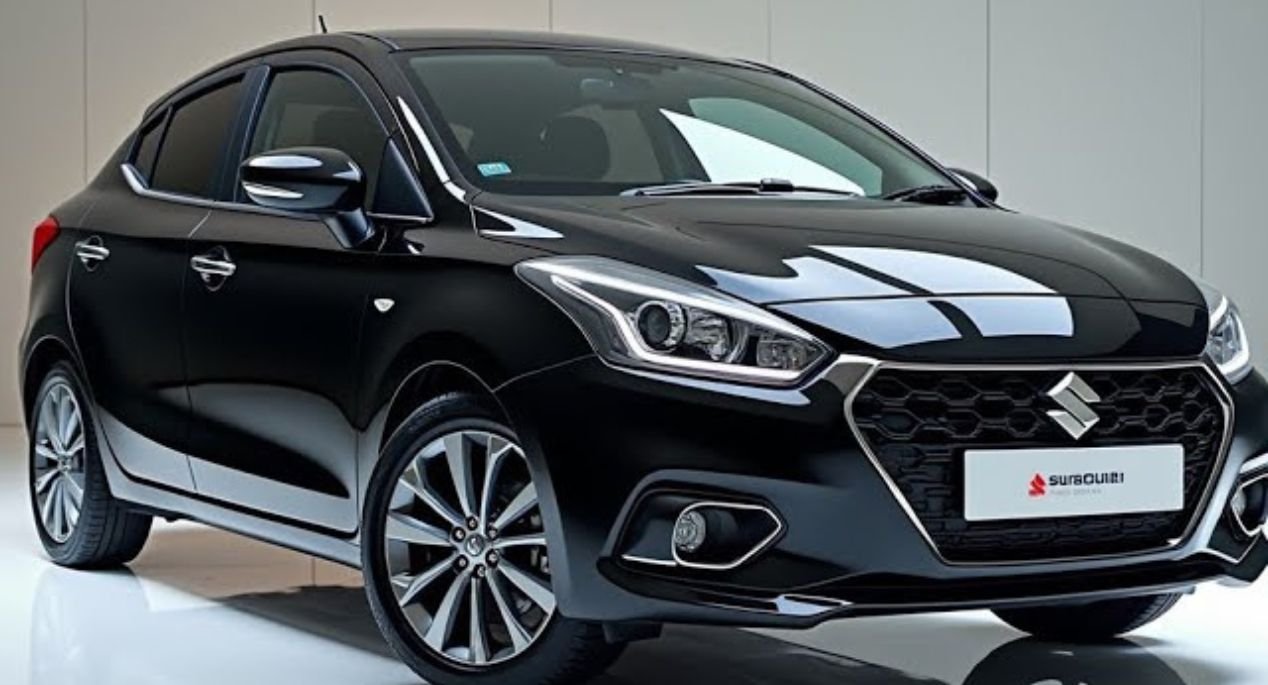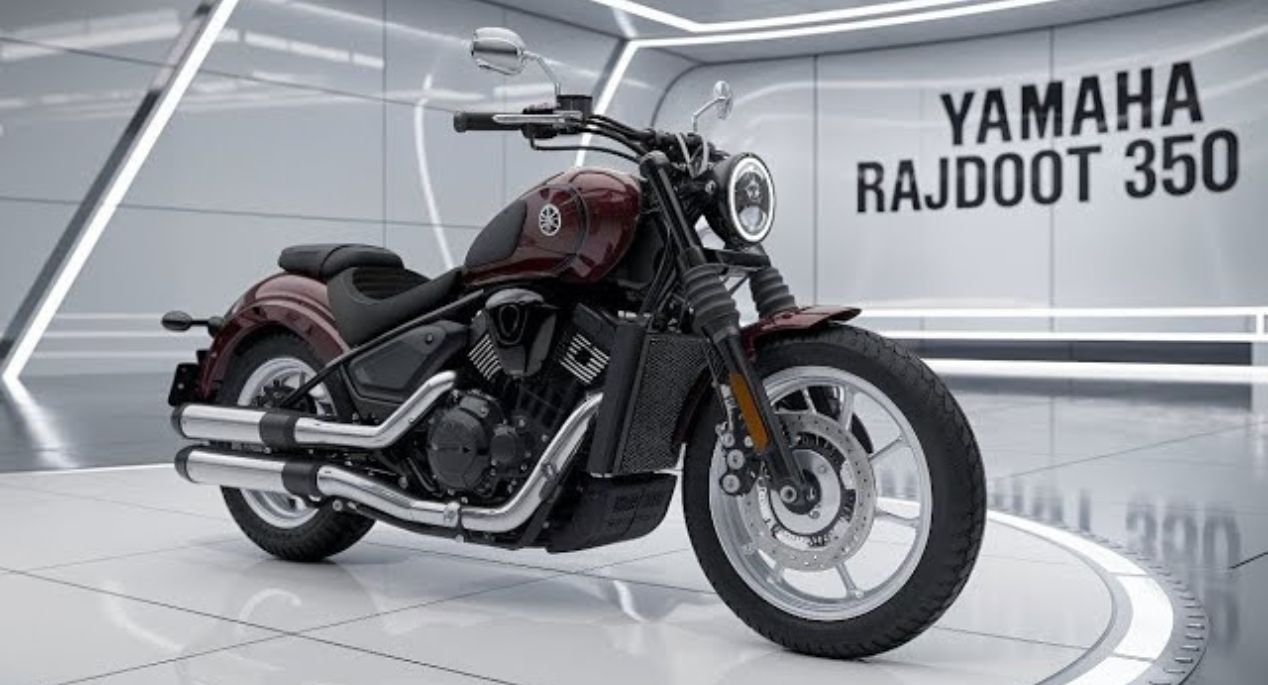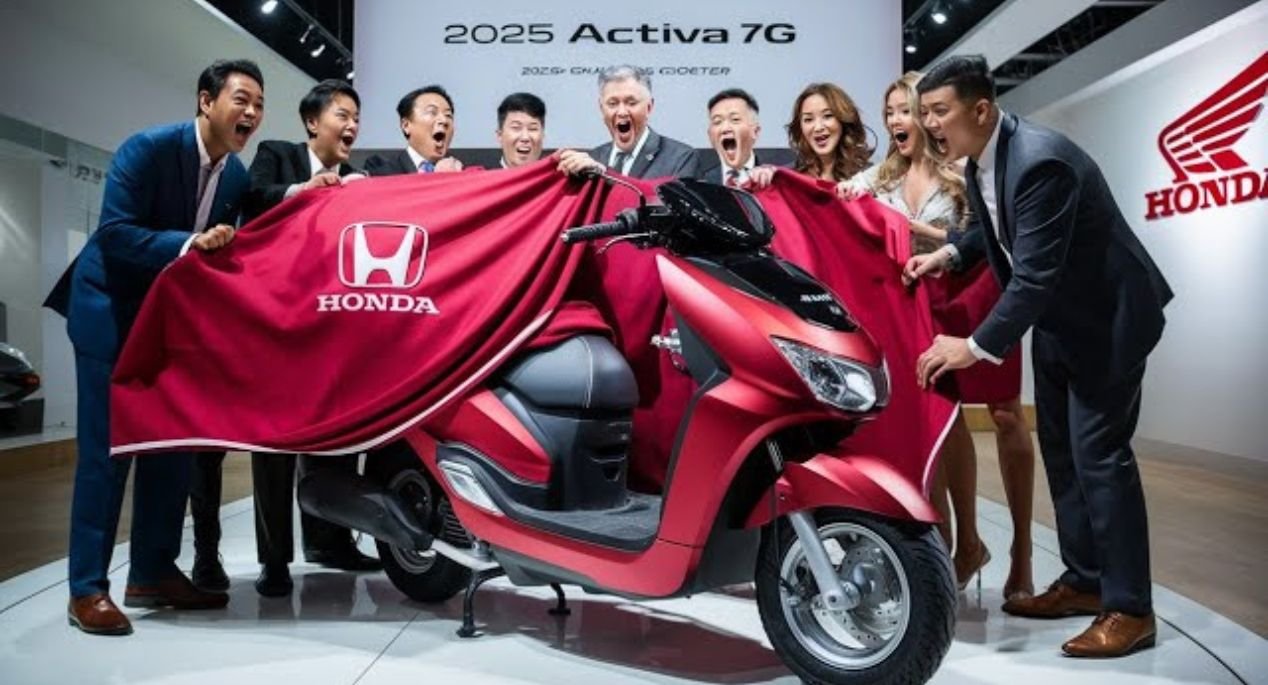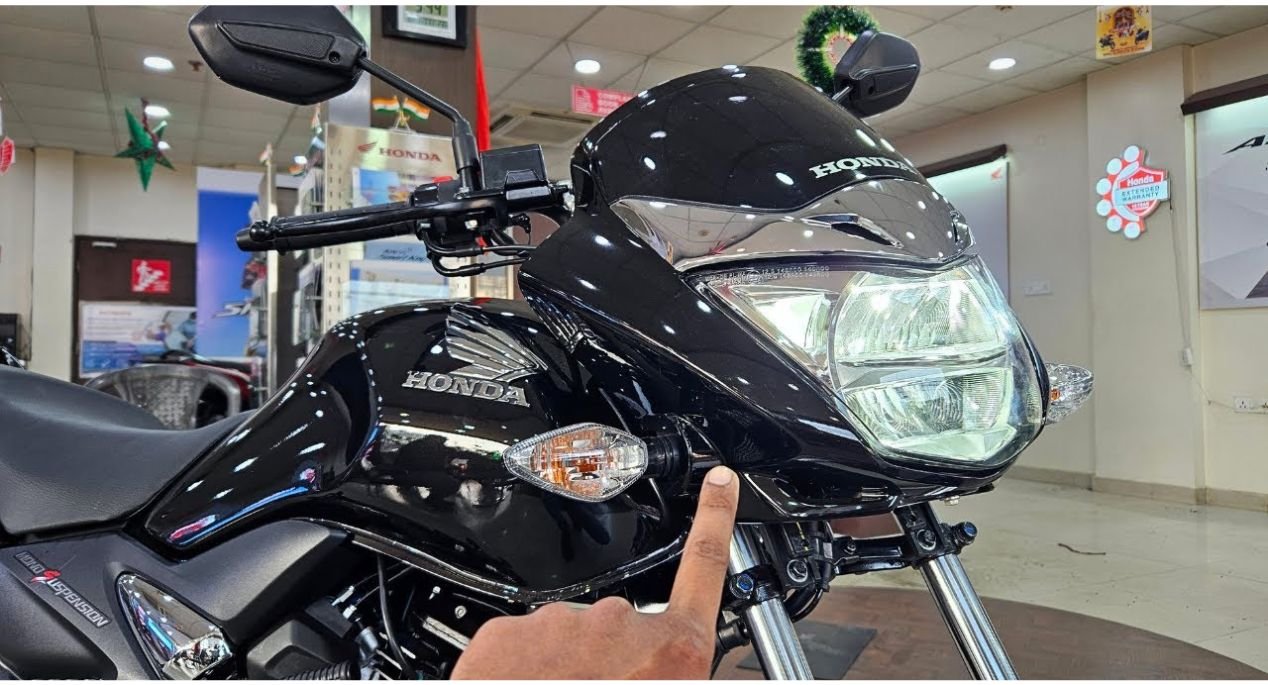Toyota Hilux : Australia’s automotive market is evolving, and the Toyota Hilux—once the undisputed leader in the ute segment—now faces stiff competition. In 2024, the Ford Ranger maintained its position as Australia’s best-selling vehicle, outselling the Hilux by a significant margin. This shift reflects changing consumer preferences and the need for newer technology, as the current Hilux model approaches the end of its lifecycle after nearly a decade on the market.
Hybrid Technology Enhances Performance
Toyota has responded to these challenges by introducing its V-Active mild-hybrid technology to the Hilux lineup in 2024. This innovation isn’t just about meeting emissions standards—it’s designed to improve the driving experience. The 48-volt system pairs a compact electric motor with the proven 2.8-litre turbo-diesel engine, delivering an extra 12kW of power and 65Nm of torque while improving fuel efficiency by 6-10%. Real-world tests have shown even better results, with some drivers reporting fuel consumption as low as 9.1L/100km.
The hybrid system recaptures energy during braking and deceleration, storing it in a lithium-ion battery for later use. This not only enhances acceleration but also refines the start-stop function and improves off-road control, particularly on steep or slippery terrain.
Core Capabilities Remain Uncompromised
Although the new hybrid side is cute with its ‘Top Gun’ air con vents, the Hilux is still famed for being rough and tough and there’s no reason to assume it won’t last the distance with its updated tech. For the hybrid, that continues and the 3,500kg towing capacity, 1,000kg payload and ability to wade through 700mm of water are some of the critical features that have made the Defender such a popular choice for tradespeople and adventurers. Specifically, the hybrid system can now be had on double-cab 4×4 automatic models in SR, SR5 and Rogue trims, the latter of which sees a slight bump in pricing along with gaining features like dual-zone climate control and enhanced connectivity.

The Next Generation What to Expect
The already-lookin’-ahead Toyota reportedly plans a brand-spankin’-new Hilux in 2025. The next-gen model is design on the TNGA-F platform and will likely use a next-gen i-Force Max hybrid powertrain that could pump out 243kW and 630Nm of torque. This update should rectify the most problematic areas of the current model’s outdated architecture and put the Hilux on a better footing to take on the Ford Ranger, Mitsubishi Triton and eventual Nissan Navara replacement.
Market Trends and Toyota’s Strategy
Utes are highly contested in Australia, where more than 229,000 were sold in 2024 – the majority of them 4×4. We recently published a statement on it and we constantly evaluate our model line-up to provide the best options for our Australian customers and we are planning to see in the future how the Hilux can be improved for this market.” Toyota Australia vice president sales and marketing Sean Hanley has reaffirmed the company’s support of the Hilux, indicating the vehicle would not be left to stagnate. The hybrid model may not have been back on top of the sales tally straight away, however, it’s a good representation of Toyota’s customer base and smart business: love hybrids, but keep the Hilux’s durability and performance that’s made it what it is for the past 50 years.
Conclusion A Bridge to the Future
The hybrid Hilux is a smart move, a good old concept spiced with cutting-edge efficiency. As Toyota gears up for the next generation, the emphasis will still be on Aussies’ requirements for a tough, practical ute offering the latest safety and advanced technology. Within an evolving automotive world the Hilux evolves with this; it is consistently proving itself to be a relied upon choice for years to come.

